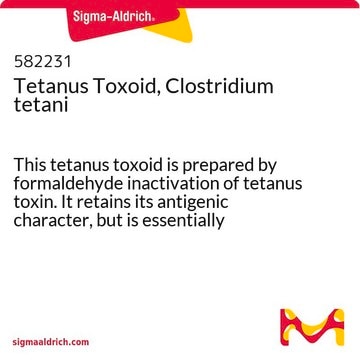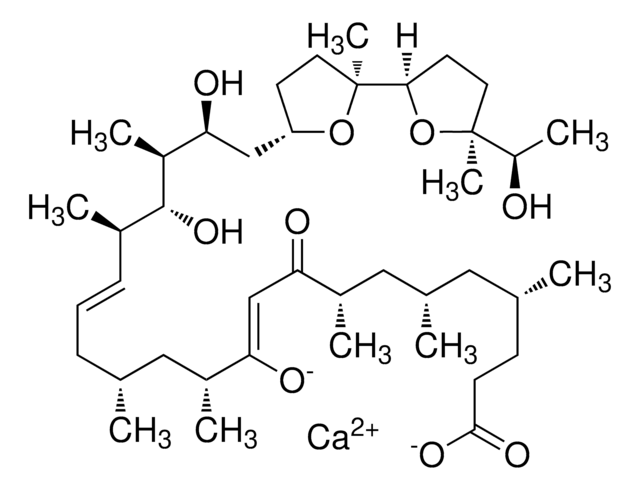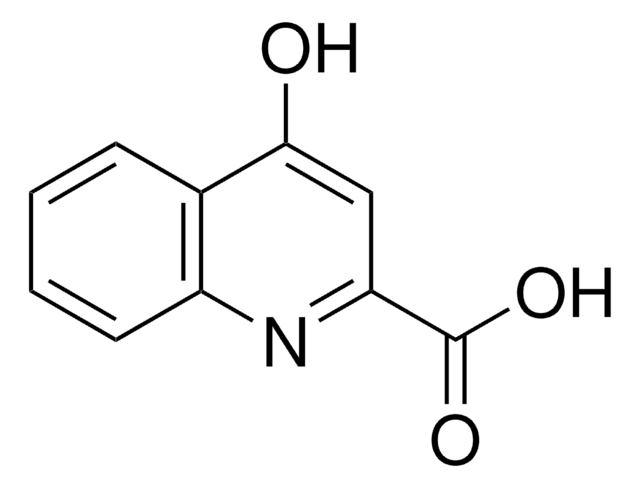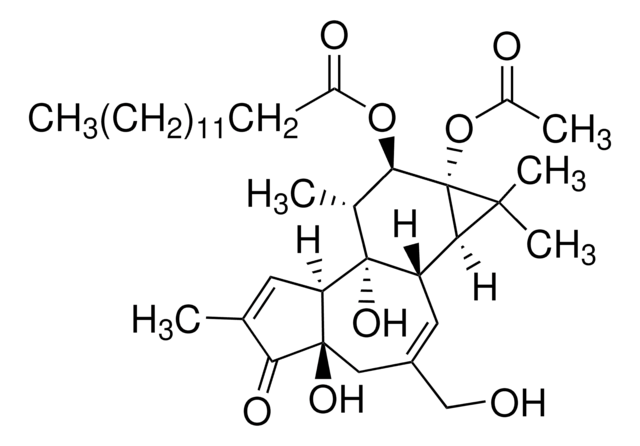T3194
Tetanus toxin
from Clostridium tetani, cleaves synaptobrevin (VAMP-2)
About This Item
Recommended Products
product name
Tetanus toxin from Clostridium tetani,
mol wt
150 kDa (heavy chain (100 kDa) and a light chain (50 kDa) connected through an interchain disulfide bond)
Quality Level
solubility
H2O: soluble
storage temp.
2-8°C
Gene Information
Clostridium tetani E88 ... tetX(1061100)
General description
Application
Biochem/physiol Actions
Preparation Note
Reconstitution
Analysis Note
signalword
Danger
hcodes
Hazard Classifications
Acute Tox. 1 Oral - Acute Tox. 2 Inhalation - STOT SE 1
target_organs
Central nervous system
wgk_germany
WGK 3
flash_point_f
Not applicable
flash_point_c
Not applicable
ppe
Eyeshields, Faceshields, Gloves, type P3 (EN 143) respirator cartridges
Certificates of Analysis (COA)
Search for Certificates of Analysis (COA) by entering the products Lot/Batch Number. Lot and Batch Numbers can be found on a product’s label following the words ‘Lot’ or ‘Batch’.
Already Own This Product?
Find documentation for the products that you have recently purchased in the Document Library.
Customers Also Viewed
Our team of scientists has experience in all areas of research including Life Science, Material Science, Chemical Synthesis, Chromatography, Analytical and many others.
Contact Technical Service





